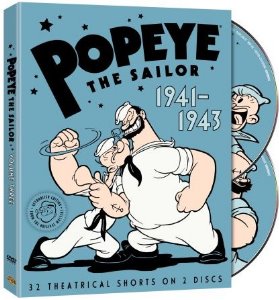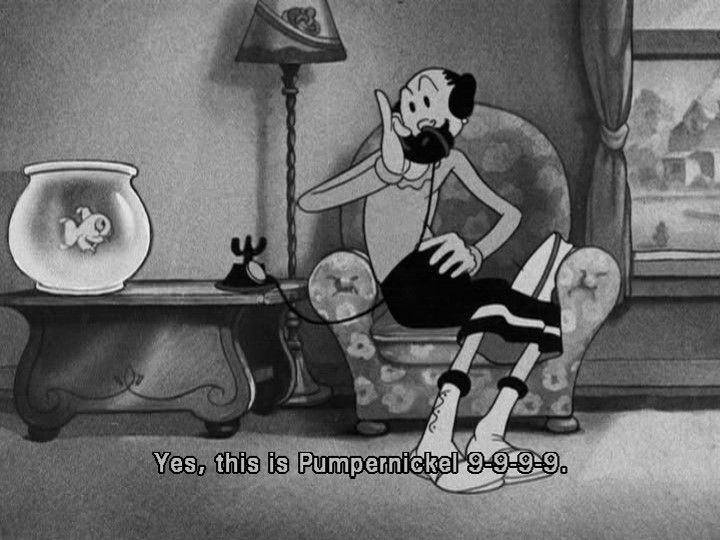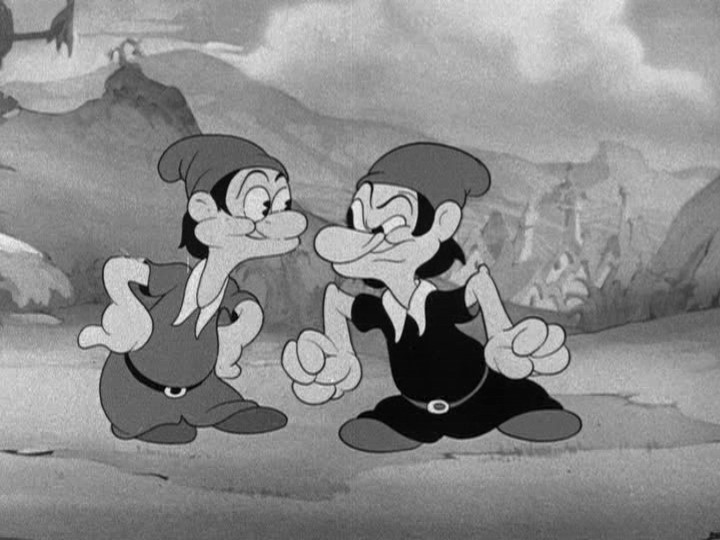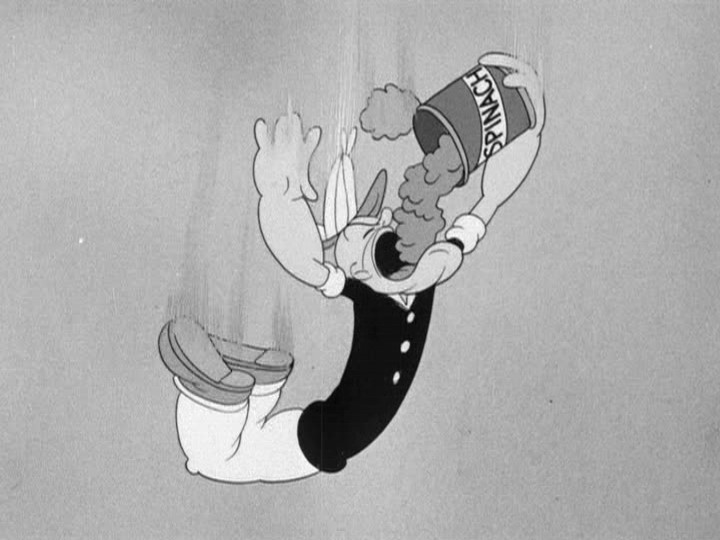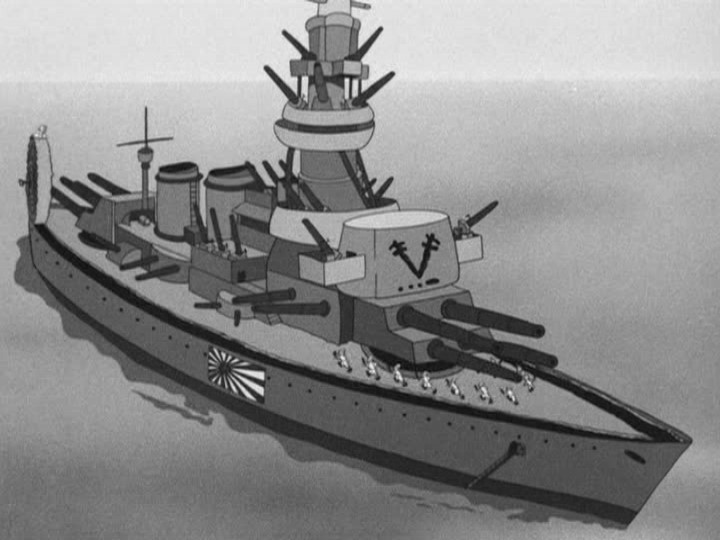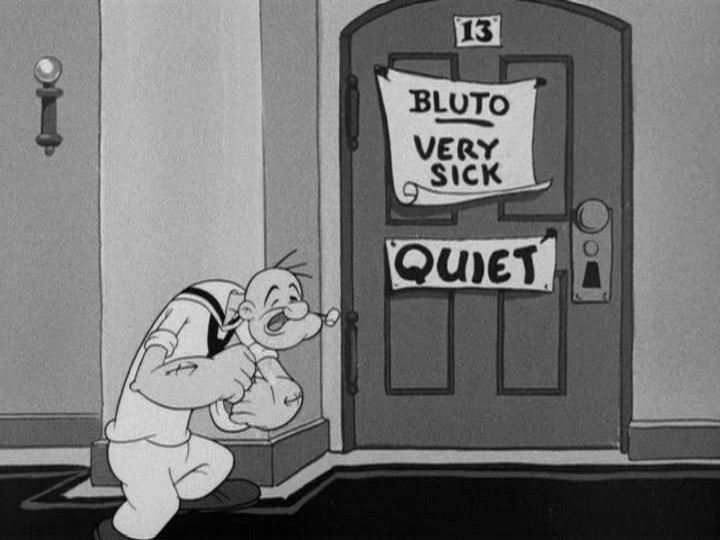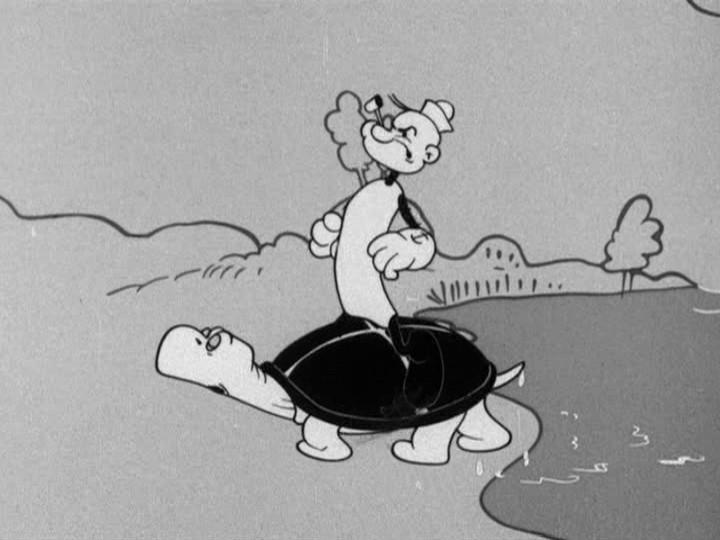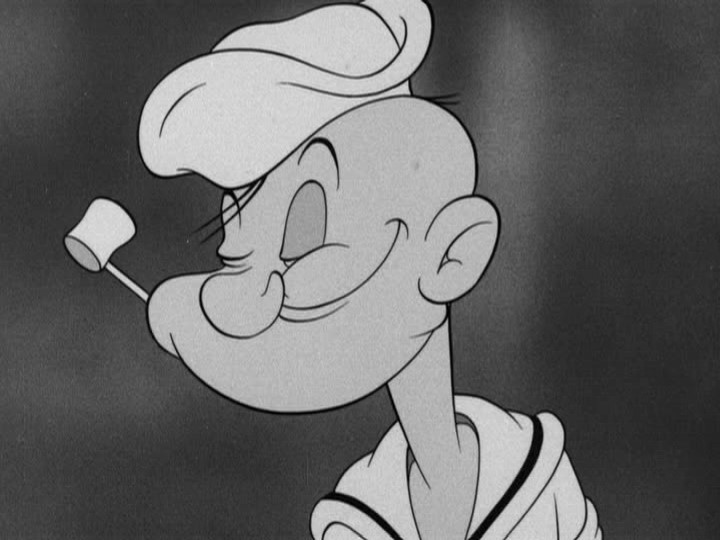![]()
![]()

![]()
![]()
directed by Dave Fleischer
USA
|
Popeye is not your typical superhero: He is old. He is bald. He is short. He only has one eye. He constantly smokes his corncob pipe. He does not have teeth. He has tattooed, bulging forearms. He is illiterate and unrefined. Yet, these oddly unique qualities have helped this simple straight-talking, hard-hitting sailor win the hearts of many generations around the world. Popeye was a true hero of his time. By the mid-1930s, he surpassed even Disney's Mickey Mouse in popularity. With his charming "I Yam What I Yam" philosophy, the one-eyed sailor proudly expressed his genuineness, integrity, and take-charge personality, which made him stand out during the Depression era. Even though he can be seen as an American hero from the past, Popeye does not necessarily need this kind of national and historical contextualization. In other words, Segar's pipe-tooting sailorman is "timeless" and "universal." His human qualities are as much to be strived for in our world of corporate globalization, media manipulations, and wars against and of terrorism, as they were during the Great Depression. Even though he is a murderer of the modern English tongue, Popeye speaks, without any problems, the transnational language of selfless bravery, relentless belief in oneself, and uncompromising adherence to one's own set of moral/ethic codes. For over 75 years now, Popeye has been breaking national and cultural boundaries, serving as a site of identification for kids and adults around the world. True, Popeye is long past his heyday. But that is due more to the corporate politics than to the passage of time or lack of public interest. There remains to be something timelessly charming about this simple, spinach-eating, pipe-smoking, unsightly underdog, who proudly remains "what he is," who takes no guff from anyone, and who is always ready to fight Bluto, that quintessential embodiment of bully-ness, to protect the girl he loves. I think that it is as easy today as it was in the 1930s to love the self-righteous, yet delightfully humble underdog who fights back "when that's all he can stands, 'cause he can't stands no more." How many of us wish we could just eat our spinach, fight back and teach all the annoying bullies in our lives a valuable lesson? In reality, that's not always possible. That's why Popeye has been doing it for all of us for three quarters of a century now. Excerpt from Gordan Calma's article "Popeye Turns 75' at fleischerpopeye.com HERE |
DVD Review: Warner Home Video (Volume 3, 1941- 1943) - Region 1,2,3,4 - NTSC
| DVD Box Cover |
|
CLICK to order from: |
| Distribution |
Warner Home Video Region 1,2,3,4 - NTSC |
|
| Runtime | 3:40:00 (solely of Popeye shorts) | |
| Video |
4:3 Original Aspect Ratio |
|
|
Bitrate
Disc 1 |
 |
|
|
Bitrate
Disc 2 |
 |
|
| Audio | Dolby Mono | |
| Subtitles | English (SDH) | |
| Features |
Release Information: Studio: Warner Home Video Aspect Ratio:
Edition Details: Chapters 31 |
|
| Comments: |
This is Volume 3 with the first two sets already coved (see above links.) Fans of Popeye (and our spinach-eating sailor has a HUGE following) are very appreciative of the diligent digitization of old shorts. There is a PC 'warning' preceding entry to each disc contents:
This is akin to the 2nd Volume (somewhat smaller than the first)
with 2 discs spanning
1941-1943.
The 32 shorts in this set are presented chronologically on two dual layered discs.
There are 16 on each disc with the
supplements (featurettes + commentaries) weighted fairly equally. The discs are coded for regions 1 thru 4 in the NTSC standard.
There are decent and relevant supplements including four
commentaries on the first and three on the second. These impart valuable
information and you can really appreciate the popularity - even after
such a lengthy time and so long after their inception. As with the first
2 sets there are "Popumentaries" -
features with animators, historians profiling specific cartoons from
Vol. 3 focusing on characters, creators and plots. There are three on
disc one totaling about 18.5 minutes and 4 shorts 'From the Vault'
for another 18 minutes. Disc two has a 28
minute documentary - Forging the Frame: The Roots of Animation,
1921-1930
which examines the hurdles facing pioneer animators over 80 years ago. There is input from many including vintage
excerpts. |
DVD Menus
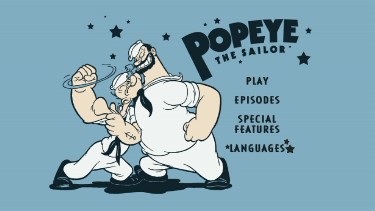 |
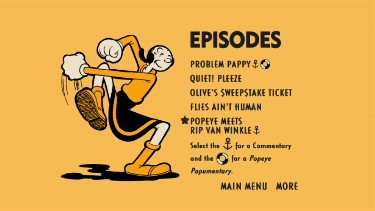 |
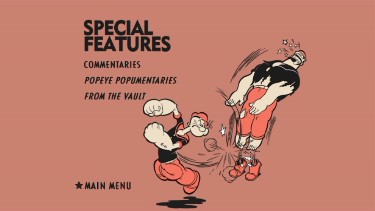 |
 |
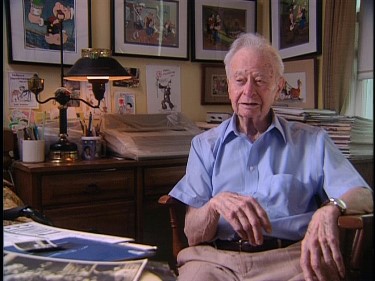 |
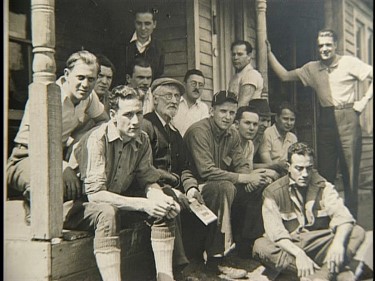 |
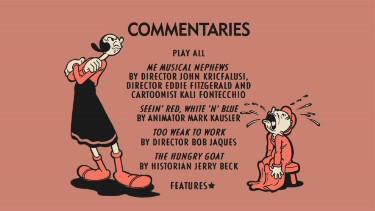 |
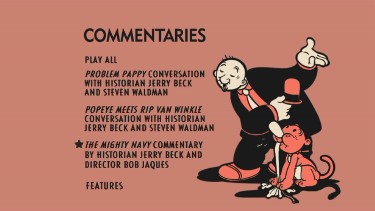 |
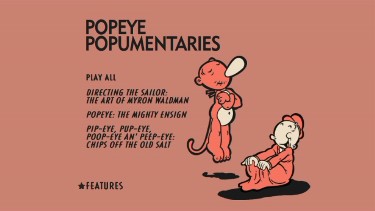 |
 |
Screen Captures
|
|
|
|
|
|
|
|
|
|
|
|
|
|
|
|
| DVD Box Cover |
|
CLICK to order from: |
| Distribution |
Warner Home Video Region 1,2,3,4 - NTSC |
|
![]()
![]()
![]()
![]()
